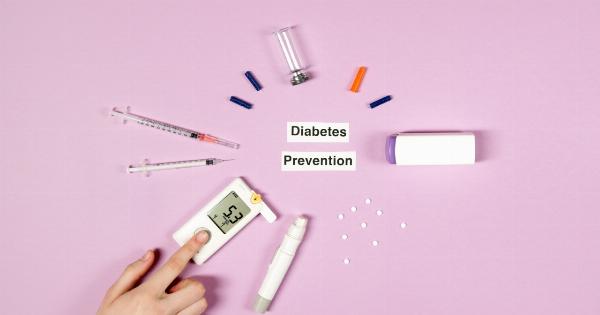In recent years, there has been a growing debate surrounding the necessity of surgery, especially when it comes to children.
Some argue that surgery should only be used in life-threatening situations, while others believe that it can greatly improve the quality of life for children with certain conditions. This article will explore both sides of the argument and discuss the various factors that come into play when deciding whether or not surgery is essential for a child.
The Benefits of Surgery
One of the main arguments in favor of surgery for children is the potential for significant health improvements. In many cases, surgery can correct congenital defects or treat conditions that would otherwise lead to a lifetime of pain or disability.
For example, children with cleft lips or palates often undergo surgery to improve their ability to eat and speak properly. Similarly, children with severe scoliosis may require surgery to prevent the curvature of their spine from worsening and causing long-term health issues.
Another benefit of surgery is the psychological impact it can have on a child. Children are often more aware than we realize, and living with a condition that sets them apart from their peers can be incredibly challenging.
Surgery can help improve self-esteem and allow children to feel more confident and accepted. This is particularly true for cosmetic procedures, such as ear pinning or birthmark removal, where the physical difference may not necessarily impact the child’s health but can significantly affect their emotional well-being.
The Risks and Considerations
While surgery can offer substantial benefits, it is essential to also consider the risks and potential complications. Any surgical procedure, regardless of how minor, carries a certain degree of risk.
These risks can range from infection and bleeding to adverse reactions to anesthesia. Therefore, it is crucial to thoroughly assess the risks involved and consider alternative treatment options before making a decision.
Additionally, surgery is not always a one-time fix. Some conditions require multiple surgeries or ongoing treatments to achieve the desired outcome. This can place a significant burden on both the child and their family, both emotionally and financially.
It is essential to carefully evaluate the long-term implications of surgery and the potential impact it may have on the child’s quality of life.
Individual Considerations
Every child is unique, and what may be essential for one child may not be for another. When considering surgery for a child, it is crucial to take into account their overall health, age, and individual circumstances.
For example, a child with a life-threatening condition such as a heart defect may require surgery as a matter of urgency. On the other hand, a child with a less severe condition that does not significantly impact their daily life may have the luxury of exploring alternative treatment options.
Furthermore, it is essential to involve the child and their parents in the decision-making process. This is particularly important when the child is old enough to understand and express their opinion.
Ultimately, the decision should be a shared one, taking into account the child’s wishes and the recommendations of medical professionals.
Debate and Critics
Despite the many benefits and individual considerations surrounding pediatric surgery, there are still critics who argue that surgery should be reserved only for life-threatening situations.
They believe that the risks and potential complications outweigh the benefits, especially when considering the long-term impact on a child’s physical and emotional well-being.
Some critics also question the role of surgery in society’s obsession with physical perfection.
They argue that cosmetic procedures, in particular, contribute to an unhealthy focus on appearance and may even lead to body image issues later in life. Instead, they advocate for greater acceptance and celebration of diversity, suggesting that society should embrace differences rather than seeking to eliminate them through surgery.
Conclusion
Ultimately, the question of whether surgery for children is childish or essential is a complex one. It requires a careful examination of the specific condition, the potential benefits and risks, and the individual circumstances of the child in question.
While there is no one-size-fits-all answer, it is crucial to consider the long-term implications for the child’s health, well-being, and quality of life.
Surgery, when used judiciously and in consultation with medical professionals, can be life-changing for children and their families. However, it is equally important to remain cautious and consider alternative treatment options when appropriate.
By weighing the potential benefits, risks, and individual considerations, we can make informed decisions that prioritize the best interests of the child.






























